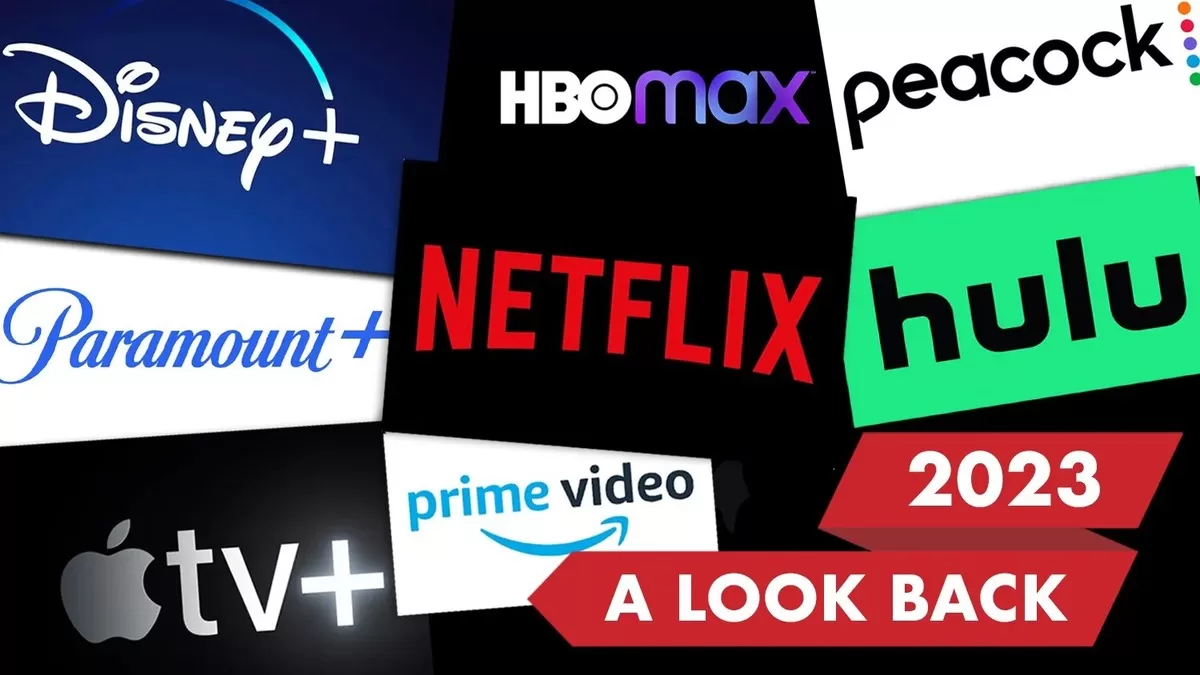Streaming Services In 2024:, Questions For Netflix & More
In This Article:
NFLX -1.09%
AMZN -0.38%
AAPL +1.24%
WBD -0.84%
CMCSA -0.28%
It’s getting more expensive to watch your favorite streaming shows — especially if you want to watch them without commercials. Ad-free streaming plans are becoming pricier as media companies like Netflix (NFLX), Max (WBD), and Amazon (AMZN) raise costs for their premium offerings while keeping cheaper, ad-supported options steady.
Why Raise Prices Now?
Raising the cost of ad-free tiers might seem counterintuitive, especially when consumers are increasingly selective about their subscriptions. However, experts suggest this strategy optimizes revenue. “When you want to optimize revenue, you increase the price of the ad-free tier because even if users switch to ad-supported plans, you’re still making the same money,” explained Marc DeBevoise, CEO of streaming tech company Brightcove.
DeBevoise highlighted that additional ad revenue per user, combined with the lower tier’s subscription price, often equals the total revenue of the premium tier. Therefore, increasing ad-free prices helps maintain economic differentiation between plans.
“You want the ad-free tier to generate more revenue per user per month,” DeBevoise said. “These are revenue-maximizing opportunities, not necessarily about pushing more subscribers to the ad tier.”
Warner Bros. Discovery (WBD) announced this week that it will raise the prices of its ad-free plans on Max by $1 each, bringing the ad-free option to $16.99 and the “ultimate” tier, which includes four concurrent streams and 4K options, to $20.99. These hikes precede the release of the second season of “House of the Dragon,” slated for June 16.
Similarly, Comcast’s (CMCSA) Peacock is increasing prices in July ahead of the 2024 Paris Olympics, following a price hike last summer. Peacock Premium and the mostly ad-free Peacock Premium Plus will rise by $2, making them $7.99 and $13.99, respectively.
Timing Is Key
The timing of these price hikes is strategic. “You raise prices when you know customers won’t cancel because they’re excited about new content,” DeBevoise noted, referencing Peacock’s Olympics coverage and Max’s “House of the Dragon” premiere. Another tactic is raising prices when subscribers are less attentive and their subscriptions auto-renew on credit cards. Often, companies test these adjustments on a small group before a wider rollout.
Major streaming services have consistently raised prices over the past year to tackle profitability challenges and stimulate top-line growth. However, not all subscribers are staying put. According to consumer measurement platform Antenna, US subscriber churn was 4.6% in April, up from 4.2% the previous year. Though this is lower than the 6.1% churn reported in January, it indicates ongoing subscriber turnover.
Whether there will be a limit to these price hikes is uncertain. Media companies are still “figuring out the audience,” especially as the content bundle evolves for each streamer. Be it exclusive event coverage like the Olympics or sports game rights, companies are striving for a profitable model. “The real question is the exact price point,” DeBevoise stated. “Expect more price hikes to be tested.”
As the landscape of streaming services continues to shift, viewers should brace for potential future increases.
#StreamingPrices #Netflix #Max #Peacock #StreamingWars
